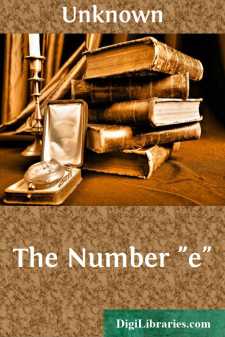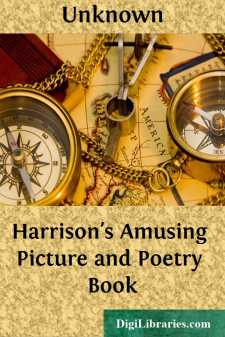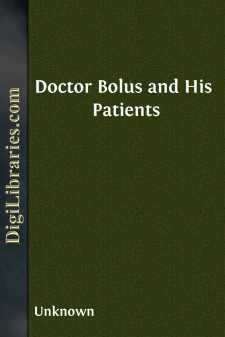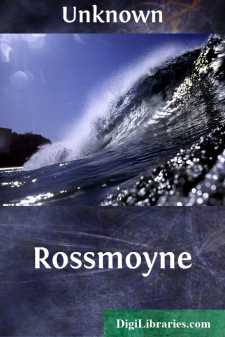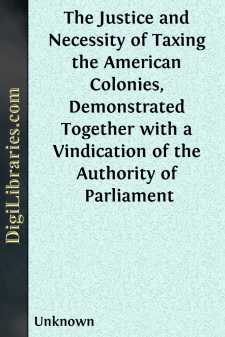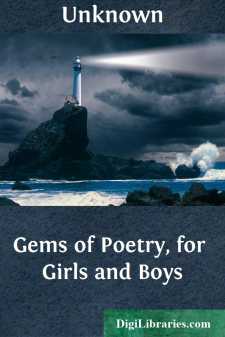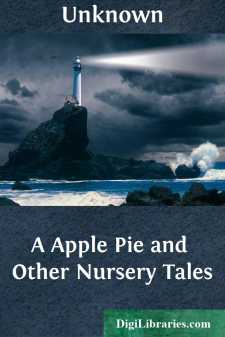Categories
- Antiques & Collectibles 13
- Architecture 36
- Art 48
- Bibles 22
- Biography & Autobiography 813
- Body, Mind & Spirit 141
- Business & Economics 28
- Children's Books 12
- Children's Fiction 9
- Computers 4
- Cooking 94
- Crafts & Hobbies 4
- Drama 346
- Education 46
- Family & Relationships 57
- Fiction 11826
- Games 19
- Gardening 17
- Health & Fitness 34
- History 1377
- House & Home 1
- Humor 147
- Juvenile Fiction 1873
- Juvenile Nonfiction 202
- Language Arts & Disciplines 88
- Law 16
- Literary Collections 686
- Literary Criticism 179
- Mathematics 13
- Medical 41
- Music 40
- Nature 179
- Non-Classifiable 1768
- Performing Arts 7
- Periodicals 1453
- Philosophy 64
- Photography 2
- Poetry 896
- Political Science 203
- Psychology 42
- Reference 154
- Religion 513
- Science 126
- Self-Help 83
- Social Science 81
- Sports & Recreation 34
- Study Aids 3
- Technology & Engineering 59
- Transportation 23
- Travel 463
- True Crime 29
Short History of the London Rifle Brigade
by: Unknown
Description:
Excerpt
PART I.
Formation.The London Rifle Brigade, formerly the 1st London Volunteer Rifle Corps (City of London Rifle Volunteer Brigade), and now, officially, the 5th (City of London) London Regiment, London Rifle Brigade, familiarly known to its members and the public generally by the sub-title or the abbreviation "L.R.B.," was founded July 23rd, 1859, at a meeting convened by the Lord Mayor. It has always been intimately associated with the City of London, its companies being under the patronage of the various Wards.
Within a week of its formation the muster of the Regiment exceeded 1,800; two battalions were formed and headquarters were taken at No. 8, Great Winchester Street, where they remained for 34 years, and subsequently in Finsbury Pavement.
In 1893 the Regiment entered its present headquarters in Bunhill Row. These were designed by the late Lieut.-Colonel Boyes, erected entirely from regimental funds, supplemented by contributions from members of the Brigade, from various City Companies and other friends of the Regiment, and constitute the finest building of its kind in London.
Since the formation of the Territorial Force these headquarters have been shared with the Post Office Rifles.
Honorary Colonel.Mr. Alderman Carter was at first appointed Honorary Colonel, but in 1860 it was suggested that a military Honorary Colonel would be more appropriate than a civilian one, and Mr. Carter (then Lord Mayor) approached H.R.H. the Duke of Cambridge, who, in response to the unanimous wish of the Regiment, accepted the appointment, which he held until his death in 1904. During this period he rarely missed attending the annual inspection.
Commanding OfficersIn 1862 a resolution was passed at a meeting "that Regimental Commanding Officers should now and always be Officers of professional experience and ability." This tradition has been departed from on only two occasions prior to the war, as shown in the list given on the following page.
Name.From.To.G. M. Hicks (late 41st Regiment)30/12/59January, 1862.G. Warde (late 51st Regiment)February, 1862Early, 1876.Sir A. D. Hayter, Bt. (late Grenadier Guards)Early, 18761881.W. H. Haywood (Ex London Rifle Brigade)18811882.Lord Edward Pelham-Clinton (late Rifle Brigade) June, 18821890.H. C. Cholmondeley (late Rifle Brigade)1890February, 1901.Edward Matthey (Ex London Rifle Brigade)February, 19014/6/01.Lord Bingham (late Rifle Brigade)June, 19011913.Earl Cairns (late Rifle Brigade)19131915.Norman C. King (Ex London Rifle Brigade)19151st Battalion.Earl Cairns4/8/1416/3/15.A. S. Bates (Ex London Rifle Brigade)16/3/1515/8/16.R. H. Husey (Ex London Rifle Brigade)15/8/16
2nd Battalion.G. R. Tod (late Seaforth Highlanders)September, 1914
3rd Battalion.H. C. Cholmondeley30/11/141915.Norman C. King4/6/15The Convent.
8th to 16th November, 1914.South African War.
Colonel Cholmondeley was appointed to command the Mounted Infantry Section of the C.I.V., to which regiment the London Rifle Brigade contributed 2 officers (Captain C....



